Traduzione generata automaticamente
Mostra originale
Mostra traduzione
Ducks – Keller-Kühne Josef Woldemar (1902 – 1991)
Work dimensions: 49 x 79 cm
Measurements with frame: 59 x 89 cm
Technique: oil on canvas
Period: 1950s
Beautiful painting depicting a group of four ducks at rest.
Josef Woldemar Keller-Kühne (23. April 1902 Munich – 9. March 1991 Miesbach)
Life and Work
Josef Woldemar Keller-Kühne studied at the Munich Academy of Fine Arts from 1921 to 1930. His teachers at the time included Heinrich von Zügel and Angelo Jank. During semester breaks he traveled to Austria, Hungary, France, Latvia and Finland.
from 1922 onwards Keller-Kühne was represented with paintings at exhibitions in Munich. Even then, his favorite subjects were animals. In 1925 he was offered a professorship in Budapest, but he refused it. In the summer of 1926 Keller-Kühne went to Paris with Daisy Campi and Hermann Euler.
In 1930 Keller-Kühne completed his academic education. In the academy certificate drawn up by his teacher Heinrich von Hügel we read among other things: "The undersigned presents to his former student Keller-Kühne the certificate that he managed to bring his exceptional talent to the highest level
In 1931 Keller-Kühne joined the NSDAP (membership number 530,791). On 6 July 1931, eight works by Keller-Kühne were destroyed in the fire at the UN. On 23 April 1936 Keller-Kühne married Maria Stemplinger in Munich. from the marriage three children were born Tilman, Imma and Florentine.
from 1942 onwards Keller-Kühne worked as a façade painter in Greece, Poland and France. In 1944 the apartment (Adalbertstr. 78) and the studio (Adalbertstr. 57) in Munich were destroyed by an attack. Keller-Kühne subsequently moved with his family to Großschwaig (Miesbach district) and rented the historic blacksmith shop in Bach at the end of 1944.
In 1951 Keller-Kühne moved with his family to Harzberg (Miesbach), where he lived and worked ever since. He devoted himself more to hunting and continued to work as a painter. In addition to animal motifs, landscapes, city views and portraits were created.
Josef Woldemar Keller-Kühne was a member of the Munich artists' cooperative.
Exhibitions
1922: Represented for the first time at the “Munich Art Exhibition” in the Glass Palace (with the oil study “Cows” (catalogue number 890)). with the exception of 1926 and 1929, Keller-Kühne was represented at every “Munich art exhibition” until 1931, usually with several works. In 1927 and 1928 he exhibited at the “Munich Secession” and in the remaining years at the “Münchner Künstlergenossenschaft (MKG)”.
1929; Artistic Association of Munich, Munich
1931-1933: Participation in the Munich art exhibitions, which were held in the German Museum in Munich due to the fire in the Glass Palace
1932: Participation in the “Munich Art Exhibition” (Kunstpalast Düsseldorf)
1933: Participation in the exhibition “Special exhibition of the Munich Artists' Cooperative to promote donations to national work and winter aid” (Munich Artists' Cooperative, Munich)
1934–1935: Participation in the “Great Munich Art Exhibition” (Neue Pinakothek, Munich)
1935: Participation in the “Artists of Munich” exhibition (Prussian Academy of Arts, Berlin)
1935: Special exhibition on Keller-Kühne at the Nuremberg City Gallery (with a total of 56 works)
1936: Participation in the exhibition “50 years of landscape painting and portrait sculpture in Munich” (Neue Pinakothek, Munich)
1936: Participation in the exhibition “50 years of landscape painting and portrait sculpture in Munich” (Neue Pinakothek, Munich)
1937: Participation in the “Annual Munich Exhibition” (Neue Pinakothek, Munich)
1937: Participation in the exhibition “Figure and composition in images and on the wall” (Neue Pinakothek, Munich)
1937: Participation in the exhibition “Work in art” (Munich Exhibition Park)
1937: Participation in the “German Art” exhibition (organized by the Nazi cultural community, Lichtentaler Allee exhibition building, Baden-Baden)
1937: Participation in the “Animal Art Exhibition” (organized by the Nazi Cultural Community, Tiergartenstrasse exhibition building, Berlin)
1938: Participation in the “art exhibition” (organized by the Nazi community Kraft durch Freude, Hamburger Kunsthalle)
1938–1944: Participation (with a total of 18 paintings) in major German art exhibitions at the House of German Art (Munich). Three paintings were purchased by Adolf Hitler (“Nuss Jay” (1938), “Calves in the Stable” (1939), “In Fire Position” (1940) and one by Martin Bormann (“Zenzerl”).
1938–1942: Participation in the “Munich Art Exhibition” (Maximilianeum, Munich)
1941: Participation in the exhibition “The artists of Munich experience the war” (Munich Office of Culture)
1943: Participation in the exhibition “West German Artists – Munich Designers” (Munich Municipal Gallery)
Early 1944: participation in the exhibition “German Artists” Keller-Kühne was represented here with the painting “Manrico” (horse's head of the famous show jumper “Manrico”).
June–July 1944: Participation in the Salzburg exhibition (exhibition expanded to the previous exhibition in Wroclaw). Keller-Kühne was represented with six works, including the painting “My Wife” for which he received the Leibl-Sperl Prize of the city of Rosenheim in 1943.
1982: Anniversary exhibition in Miesbach, on the occasion of the 80th birthday
Press
1926: Art Prize of the City of Munich for the painting Bull in the Stable
4 July 1943: Leibl-Sperl Prize of the Rosenheim Art Association for the painting My Wife
1990: Culture Award of the city of Miesbach
Acquisitions
1926: The Munich City Gallery purchases the painting “Bull in the Stable”, which receives the city's art prize in the same year. Subsequently the house purchased eleven other paintings by Keller-Kühne: “Pußta”, “Goats”, “Chicken Coop”, “Turkeys”, “Near Brannenburg”, “Farmer Plowing”, “Roe Deer”, “Near Würzburg”, “Auf the pasture”, “Grummeternte” and “Goat with cat”.
1930: The Bavarian State Painting Collections acquires the painting “The Pigs”.
1953: first of numerous purchases by the Ministry of Agriculture.
Anatre - Keller-Kühne Josef Woldemar (1902 - 1991)
Dimensioni dell'opera: 49 x 79 cm
Misure con cornice: 59 x 89 cm
Tecnica: olio su tela
Periodo: 1950s
Bel dipinto che raffigura un gruppo di quattro anatre a riposo.
Josef Woldemar Keller-Kühne (23 aprile 1902 Monaco - 9 marzo 1991 Miesbach)
Vita e opere
Josef Woldemar Keller-Kühne ha studiato all'Accademia di Belle Arti di Monaco dal 1921 al 1930. Tra i suoi insegnanti dell'epoca figurano Heinrich von Zügel e Angelo Jank. Durante le pause semestrali viaggiò in Austria, Ungheria, Francia, Lettonia e Finlandia.
a partire dal 1922 Keller-Kühne fu presente con i suoi dipinti alle mostre di Monaco. Anche allora i suoi soggetti preferiti erano gli animali. Nel 1925 gli fu offerta una cattedra a Budapest, ma la rifiutò. Nell'estate del 1926 Keller-Kühne si recò a Parigi con Daisy Campi e Hermann Euler.
Nel 1930 Keller-Kühne completò la sua formazione accademica. Nel certificato dell'accademia redatto dal suo insegnante Heinrich von Hügel si legge tra l'altro: "Il sottoscritto presenta al suo ex allievo Keller-Kühne l'attestato di essere riuscito a portare il suo eccezionale talento al massimo livello"
Nel 1931 Keller-Kühne aderisce alla NSDAP (numero di iscrizione 530.791). Il 6 luglio 1931, otto opere di Keller-Kühne furono distrutte nell'incendio dell'ONU. Il 23 aprile 1936 Keller-Kühne si sposò a Monaco con Maria Stemplinger. Dal matrimonio nacquero tre figli: Tilman, Imma e Florentine.
a partire dal 1942 Keller-Kühne lavora come pittore di facciate in Grecia, Polonia e Francia. Nel 1944 l'appartamento (Adalbertstr. 78) e lo studio (Adalbertstr. 57) a Monaco furono distrutti da un attentato. Keller-Kühne si trasferì quindi con la famiglia a Großschwaig (quartiere di Miesbach) e alla fine del 1944 prese in affitto la storica bottega del fabbro di Bach.
Nel 1951 Keller-Kühne si trasferì con la famiglia a Harzberg (Miesbach), dove visse e lavorò da allora. Si dedica maggiormente alla caccia e continua a lavorare come pittore. Oltre ai motivi animali, realizza paesaggi, vedute di città e ritratti.
Josef Woldemar Keller-Kühne fu membro della cooperativa di artisti di Monaco.
Mostre
1922: Rappresentato per la prima volta alla "Mostra d'arte di Monaco" nel Palazzo di Vetro (con lo studio a olio "Mucche" (numero di catalogo 890)). Con l'eccezione del 1926 e del 1929, Keller-Kühne fu presente a ogni "Mostra d'arte di Monaco" fino al 1931, di solito con diverse opere. Nel 1927 e nel 1928 espose alla "Secessione di Monaco" e negli altri anni alla "Münchner Künstlergenossenschaft (MKG)".
1929; Associazione artistica di Monaco di Baviera, Monaco di Baviera
1931-1933: Partecipazione alle mostre d'arte di Monaco, che si tengono nel Museo Tedesco di Monaco a causa dell'incendio del Palazzo di Vetro
1932: Partecipazione alla "Mostra d'arte di Monaco" (Kunstpalast Düsseldorf)
1933: Partecipazione alla mostra "Mostra speciale della Cooperativa degli Artisti di Monaco di Baviera per promuovere le donazioni al lavoro nazionale e l'aiuto invernale" (Cooperativa degli Artisti di Monaco di Baviera, Monaco di Baviera)
1934-1935: Partecipazione alla "Grande mostra d'arte di Monaco" (Neue Pinakothek, Monaco di Baviera)
1935: Partecipazione alla mostra "Artisti di Monaco" (Accademia Prussiana delle Arti, Berlino)
1935: Mostra speciale su Keller-Kühne presso la Galleria civica di Norimberga (con un totale di 56 opere)
1936: Partecipazione alla mostra "50 anni di pittura di paesaggio e scultura di ritratto a Monaco" (Neue Pinakothek, Monaco di Baviera)
1936: Partecipazione alla mostra "50 anni di pittura di paesaggio e scultura di ritratto a Monaco" (Neue Pinakothek, Monaco)
1937: Partecipazione alla "Mostra annuale di Monaco" (Neue Pinakothek, Monaco)
1937: Partecipazione alla mostra "Figura e composizione nelle immagini e sul muro" (Neue Pinakothek, Monaco)
1937: Partecipazione alla mostra "Il lavoro nell'arte" (Parco delle Esposizioni di Monaco)
1937: Partecipazione alla mostra "Arte tedesca" (organizzata dalla comunità culturale nazista, edificio espositivo Lichtentaler Allee, Baden-Baden)
1937: Partecipazione alla "Mostra d'arte animale" (organizzata dalla Comunità culturale nazista, edificio espositivo di Tiergartenstrasse, Berlino)
1938: Partecipazione alla "mostra d'arte" (organizzata dalla comunità nazista Kraft durch Freude, Hamburger Kunsthalle)
1938-1944: Partecipazione (con un totale di 18 dipinti) alle principali mostre d'arte tedesche presso la Casa dell'Arte Tedesca (Monaco). Tre dipinti furono acquistati da Adolf Hitler ("Nuss Jay" (1938), "Vitelli nella stalla" (1939), "In posizione di fuoco" (1940) e uno da Martin Bormann ("Zenzerl").
1938-1942: Partecipazione alla "Mostra d'arte di Monaco" (Maximilianeum, Monaco)
1941: Partecipazione alla mostra "Gli artisti di Monaco vivono la guerra" (Ufficio della Cultura di Monaco)
1943: Partecipazione alla mostra "Artisti della Germania Occidentale - Disegnatori di Monaco di Baviera" (Galleria Comunale di Monaco di Baviera)
Inizio 1944: partecipazione alla mostra "Artisti tedeschi", dove Keller-Kühne è rappresentato con il dipinto "Manrico" (testa di cavallo del famoso saltatore "Manrico").
Giugno-luglio 1944: Partecipazione alla mostra di Salisburgo (mostra ampliata rispetto alla precedente mostra di Breslavia). Keller-Kühne è rappresentato con sei opere, tra cui il dipinto "Mia moglie" per il quale riceve il Premio Leibl-Sperl della città di Rosenheim nel 1943.
1982: Mostra di anniversario a Miesbach, in occasione del suo 80° compleanno
Stampa
1926: Premio d'arte della città di Monaco per il dipinto Toro nella stalla
4 luglio 1943: Premio Leibl-Sperl dell'Associazione artistica di Rosenheim per il dipinto Mia moglie
1990: Premio della cultura della città di Miesbach
Acquisizioni
1926: La Galleria civica di Monaco acquista il dipinto "Toro nella stalla", che nello stesso anno riceve il premio artistico della città. Successivamente la casa acquista altri undici dipinti di Keller-Kühne: "Pußta", "Capre", "Pollaio", "Tacchini", "Vicino a Brannenburg", "Contadino che ara", "Capriolo", "Vicino a Würzburg", "Al pascolo", "Grummeternte" e "Capra con gatto".
1930: Le Collezioni statali di pittura della Baviera acquistano il dipinto "I maiali".
1953: primo di numerosi acquisti da parte del Ministero dell'Agricoltura.

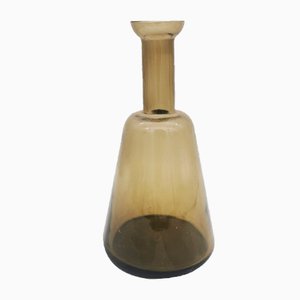


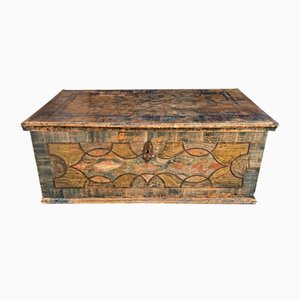


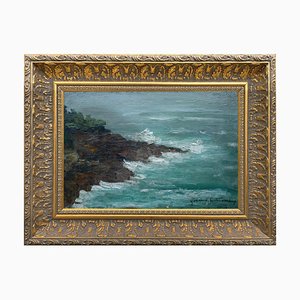
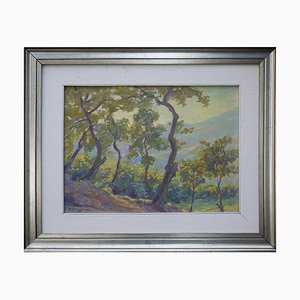

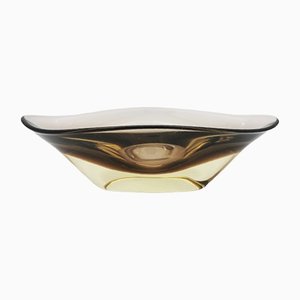
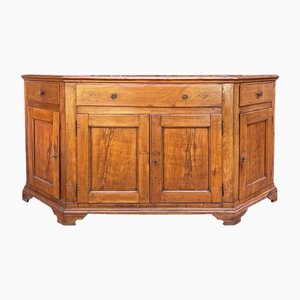
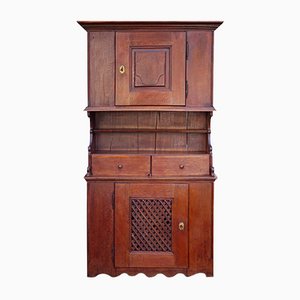
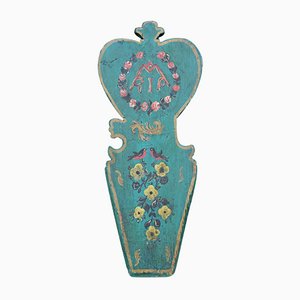
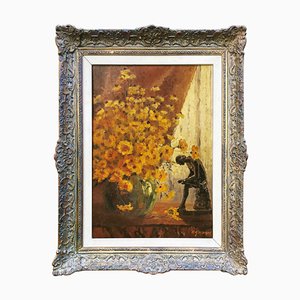

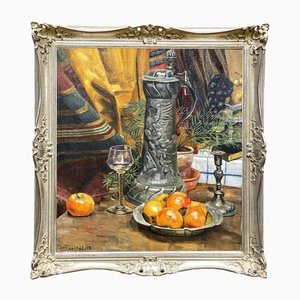
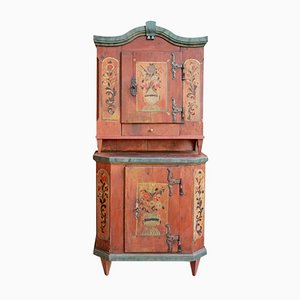
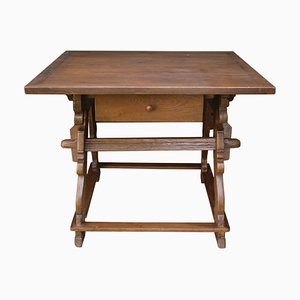

Contattaci
Fai un'offerta
Abbiamo notato che sei nuovo su Pamono!
Accetta i Termini e condizioni e l'Informativa sulla privacy
Contattaci
Fai un'offerta
Ci siamo quasi!
Per seguire la conversazione sulla piattaforma, si prega di completare la registrazione. Per procedere con la tua offerta sulla piattaforma, ti preghiamo di completare la registrazione.Successo
Grazie per la vostra richiesta, qualcuno del nostro team vi contatterà a breve.
Se sei un professionista del design, fai domanda qui per i vantaggi del Programma Commerciale di Pamono